5. The Tempest (Derek Jarman, 1979)
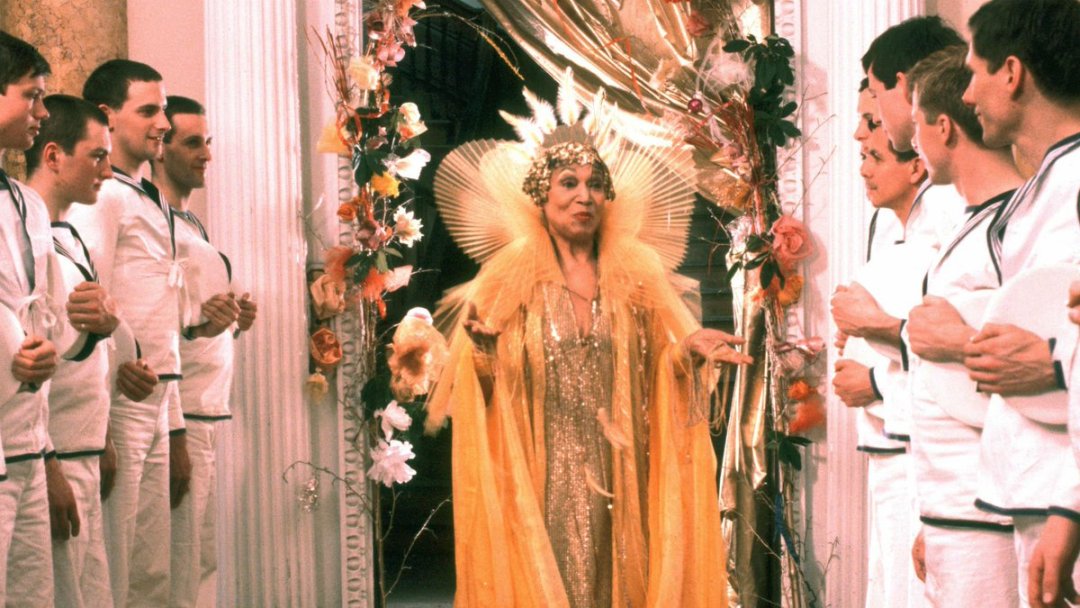
Revenge stories do not always have to involve brutal murder as Shakespeare proved in his play, The Tempest, where revenge is undertaken via a calculated and artfully constructed plan. Prospero (played in this adaptation by Heathcote Williams), who is the rightful Duke of Milan, magically conjures a great storm in order to shipwreck the vessel carrying his brother, Antonio (Richard Warwick), and Alonso the King of Naples (Peter Bull) – the two responsible for his and his daughter’s exile. Through magical powers he controls the shipwrecked group, betrothing his daughter to Alonso’s son while also making Antonio feel guilty for his past crimes.
Derek Jarman’s interest in the ideas of magic and dreams were evident with his previous film, Jubilee (1978), that saw alchemist John Dee (along with another version of Shakespeare’s Ariel) transport Elizabeth I forward in time to late 1970s England. Prospero could be considered a John Dee of sorts, here, where he takes control over elements like the sky and the seas, his servants Ariel (Karl Johnson) and Caliban (Jack Birkett), and ultimately over his brother and the King. Here, Prospero’s actions are considered good and justified – he often claims that he is enacting revenge for the good of his daughter, Miranda (played by punk-to-be Toyah Willcox) – and this is juxtaposed with another side act of vengeance being pursued by Caliban and two drunken servants of the ship.
In Jarman’s extensive notes on The Tempest he recognises that most of the drama based around Prospero’s expulsion is already over before the story begins. Spurred on by the storm, Jarman decides to focus on magic and atmosphere as opposed to a directional narrative and, in some cases, alters or rearranges the original play altogether. This is done through dark, moody rooms in which a lot of the settings are shot with blue hues that emphasises a dreamlike, otherworldly sensibility. The use of Gothic costume design and the casting of dancer and mime artist, Jack Birkett, as Caliban, in particular, makes the setting of The Tempest strange and almost like a darker, more mysterious version of Oz.
Jarman’s dreamlike approach is most evident in the final masque scene (which traditionally comes earlier in the play), making use of song and elaborate costume to heighten a surreal, magical setting that places the characters in some kind of haven. Singer Elisabeth Welch, too, plays a Goddess that sings a rendition of Stormy Weather as the characters look on, bemused. Jarman’s finale possibly is the sweetest outcome from a revenge narrative on this list, proving that not all revenge films have to end in tragedy and death.
4. Traps (Vera Chytilová, 1998)
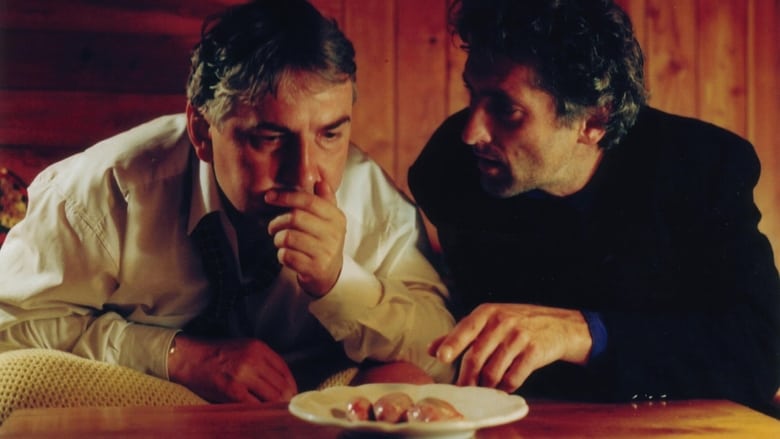
As part of the Czech New Wave, Vera Chytilová became renown for her innovative visual style and politically charged, feminist narratives. Her second feature, Daisies (1966), epitomised Chytilová’s rigorous aesthetic by mixing surrealism and dark humour as two women play pranks on older males, using them to lavish on meals and alcohol. The women’s playfulness towards causing chaos is echoed by rapid scene transitions, colour changes, and dizzying visual effects akin to Laura Mulvey’s Riddles of the Sphinx (1977). Chytilová was a director, then, who managed to combine traditional narratives with the formal experimentation of the avant-garde.
In her late 90s film, Traps, Chytilová once again merges dark comedy with surrealism while continuing her interest in critiquing patriarchy and predatory sexualisation. From the perspective of two rapists, Dohnal (Miroslav Donutil) and Petr (Tomás Hanák), a young woman, Lenka (Zuzana Stivínová), is raped and used as a lesson in sexual exploits. Unfortunately for them, Lenka is a veterinary surgeon trained in castration and has no issue going to the extremes to enact her revenge.
The flippancy of which Chytilová uses comedy, here, makes the tragic scenes even more gut-wrenching and hard to take; the rape scene is played out with a harsh and mundane matter-of-factness – a jogger even passes by but is quickly shooed away. Ultimately, though, the story of two men coming to terms with life without testicles is a funny one as they are forced to continue their lives without the perverse sexual pleasures that gave their lives meaning. Here, this is Chytilová’s brilliant and lasting commentary on a society where dangerous male attitudes go unchallenged and misplaced authority unpunished.
3. The Cook, the Thief, His Wife and Her Lover (Peter Greenaway, 1989)
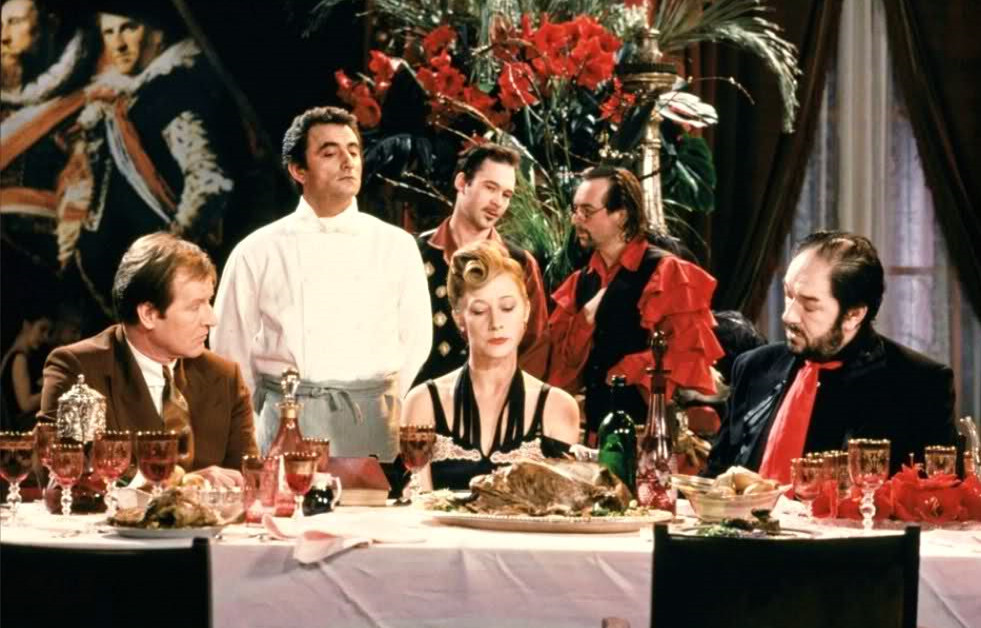
British avant-garde filmmaker Peter Greenaway often finds visually inventive ways of telling a story. Whether it be the painterly cinematography in The Draughtsman’s Contract (1982), the screen-within-a-screen sequences in Prospero’s Books (1991), or the theatrical speeches delivered directly to screen in Goltzius and the Pelican Company (2012), Peter Greenaway always manages to attack conventional cinema and reinvent its visual language. This is no different in his late 80s masterpiece (and possibly his most famous film to date) The Cook, the Thief, His Wife and Her Lover.
Unlike most revenge stories, The Cook, the Thief, His Wife and Her Lover takes its time establishing its villain. Much like Mr. Neville (Anthony Higgins) in The Draughtsman’s Contract, Michael Gambon’s violent gangster, Albert Spica, is inextricably linked to the location. Where Neville acts as an outsider, viewing the manor house through the particular perspective of his viewfinder, Spica is the centrepiece, dictating his gourmet restaurant and abusing the guests. Spica’s sickly boisterousness is matched by Greenaway’s use of verbose colouring, each location in the restaurant symbolised by a harsh hue: a violent red for the dining area, a sickly green for the kitchen, a bleached white for the lavatory. This is a world brimming with deceit and disgust with only glimmers of good coming from fleeting, subsidiary characters.
Spica’s behaviour starts to get the better of his wife (played brilliantly by Helen Mirren) who finds refuge in an erudite bookshop owner and gynaecologist (Alan Howard) who regularly dines at the restaurant. As the love affair starts to blossom, so does Spica’s ill-trust for his wife which then leads to a tailspin of perverted espionage, violence, and macabre revenge – the final sequence will churn your stomachs. The revenge is twofold, Spica against his wife and then the wife against Spica which spirals into a dangerously claustrophobic story much like Greenaway’s vaporous setting.
2. The Bride Wore Black (Francois Truffaut, 1968)
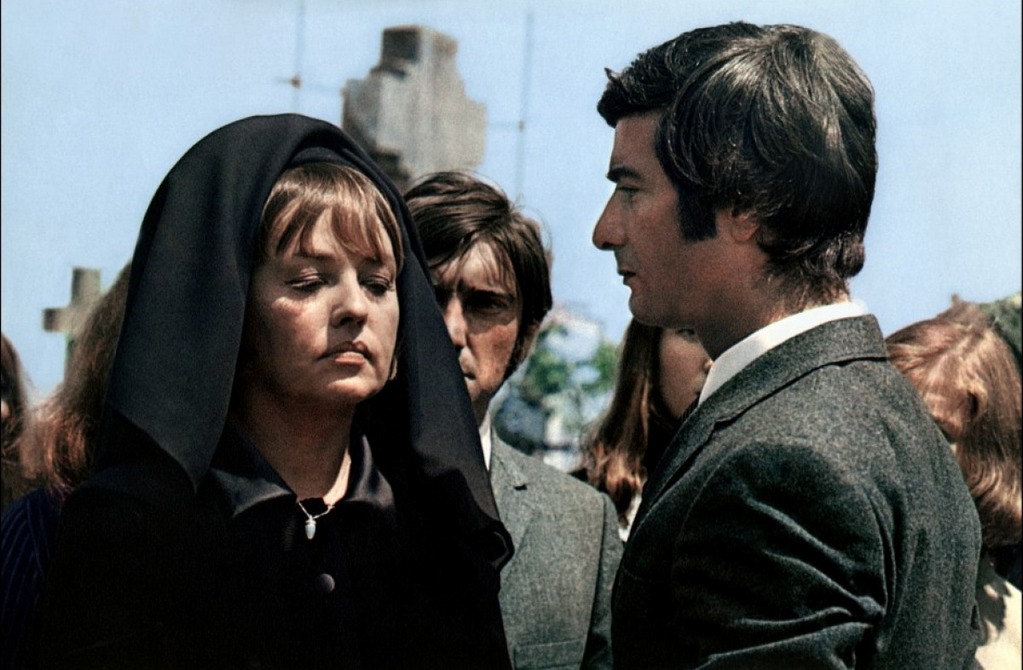
Made during François Truffaut’s period of fascination with Alfred Hitchcock which began with his interview book, Hitchcock/Truffaut, that was released in 1966, The Bride Wore Black was apparently made with explicit homage to Hitchcock’s work. While a story that includes a seductive femme fatale, a series of murders, and a lot of mystery, Truffaut’s very own Hitchcock film still manages to feel more like the former than the latter. Unlike Hitchcock, Truffaut here seems more concerned with portraying a character’s emotional impartiality towards her series of revenges as opposed to giving calculated reasons and backstory; we are thrown directly into the story, here, and cut out of it as sharply as a knife wound.
Jeanne Moreau plays the titular ‘bride’, Julie Kohler, a predecessor to Quentin Tarantino’s Bride played by Uma Thurman in his Kill Bill series (2003/04), who embarks to enact revenge on five men who she accuses of being involved with her husband’s murder. Kohler is an ethereal character that floats from one murder to the other, often introduced to her victims wearing a drifting, ghost-like white dress. Her emotional detachment (portrayed brilliantly with a facial blankness that is both cold and alluring) adds to her dreaminess; the failed attempted suicide at the beginning of the film is always has a lurking presence throughout. Like that suicide attempt, Truffaut leaves many questions open where Kohler is unnamed for much of the opening of the film and her motives not fully explained even by the end of it.
François Truffaut’s attempt at making a Hitchcock film meant we were treated to something peculiar and brilliantly singular: both a Hollywood-inspired thriller and a French New Wave deconstruction of a popular genre.
1. Live Flesh (Pedro Almodovar, 1997)
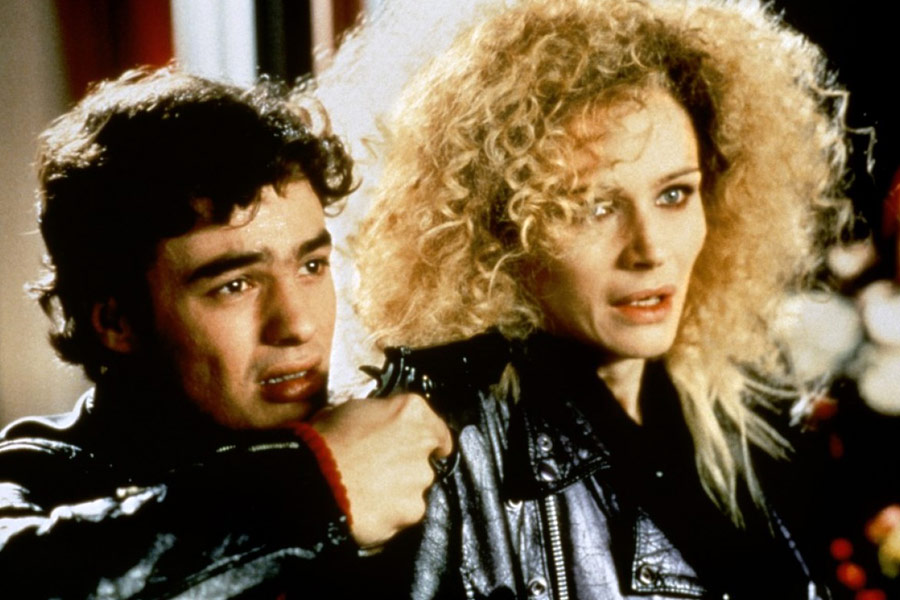
Pedro Almodovar has constructed his own, very recognisable career with films that often include homosexuality, excessive kitsch, elaborate décor and mise-en-scène, sexual perversion, intricate relationships, use of bold colouring, and unique uses of camera. Themes of revenge, scheming, and love triangles also crop up throughout his career where Almodovar manages to add an intricacy to his narratives as a means of understanding the complexity of human desire. Whether it be a young Antonio Banderas holding a film star hostage in Tie Me Up! Tie Me Down! (1990) or a similar Banderas character flying into a jealous rage in Law of Desire (1987), Almodovar’s navigation of these often perverse storylines is one that is funny and tongue-in-cheek, regularly building towards a well-deserved climax.
Live Flesh is similar to the aforementioned films, substituting Banderas for Liberto Rabal who plays Victor Plaza, a young and handsome son of a prostitute born on a bus at the end of the totalitarian Franco era. After being embroiled in a messy shootout between him, a heroin addict (Frabcesca Neri), and two cops, Victor ends up shooting and paralyzing one of the cops who is played by a handsome Javier Bardem. While in prison, Victor watches on as Bardem’s David becomes the star of the 1992 Summer Paralympics and has married the heroin addict (and Victor’s love interest), Elena, who now runs a refuge for orphaned children.
Upon release from prison, Victor devises a plan to seduce Clara (Angela Molina), the wife of the other cop and a retired flamenco dancer, and Elena. Filled with deceit, debauchery, and scandal, Live Flesh becomes very heated and claustrophobic – matched beautifully by Almodovar’s use of warm colours and hues – as Victor, against the odds, starts to get closer to Elena and by doing so draws out David’s darker characteristics. In true Almodovar fashion, these separate stories of sex and twisted relationships start to intertwine and build towards a crashing climax as each character’s motives start to simultaneously come to the foreground.
While dealing with recurring themes, Live Flesh still seems singular and holds its own in the plethora of Almodovar classics. Crucially, too, Live Flesh was the first Almodovar film to star Penelope Cruz, a collaboration that would come to blossom and be consolidated in his late career masterpiece, Pain and Glory (2019).